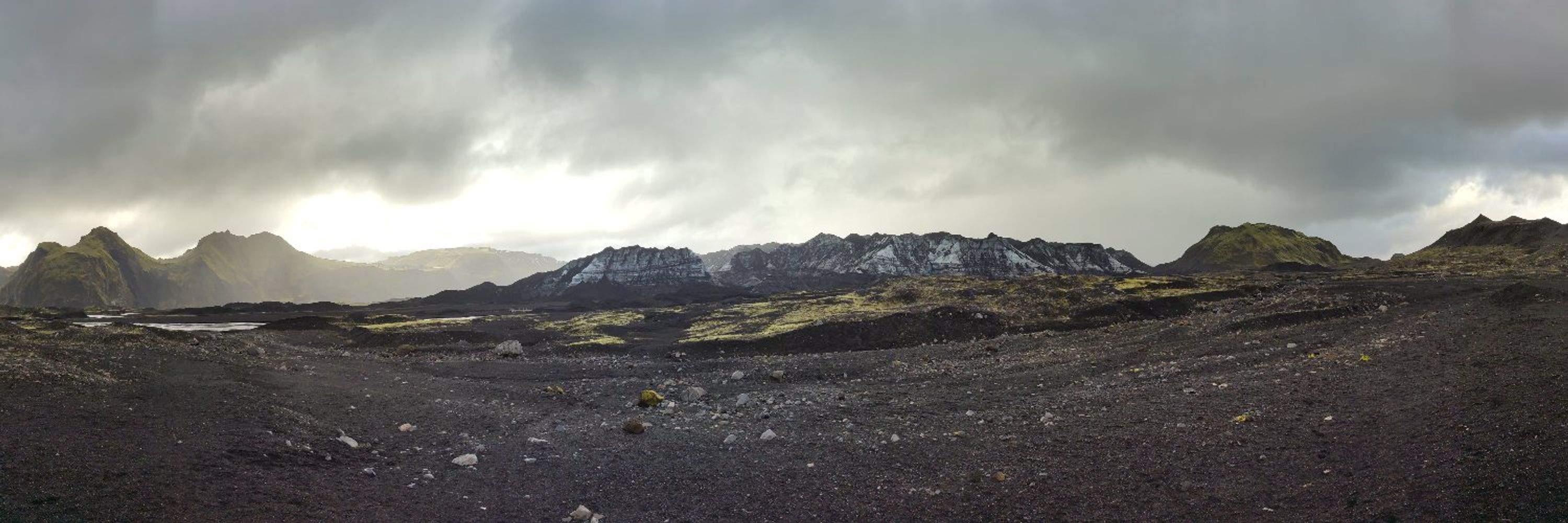
@EarthSciCam | Fellow @CaiusCollege | All hazards are multihazards, but are any of them natural?
Keep an eye out for some presentations from our Cambridge Complex and Multihazard group (www.comhaz.com):
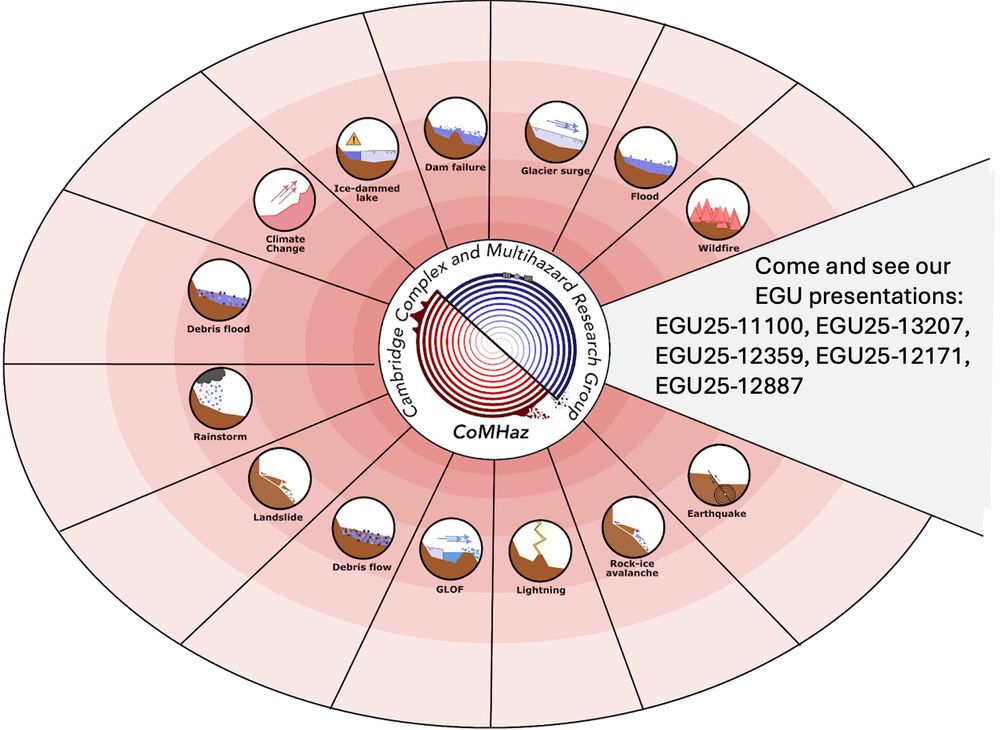
Keep an eye out for some presentations from our Cambridge Complex and Multihazard group (www.comhaz.com):

Particularly serious implications for very fine grain sizes as the crypto(tephra) market is volatile at the best of times.
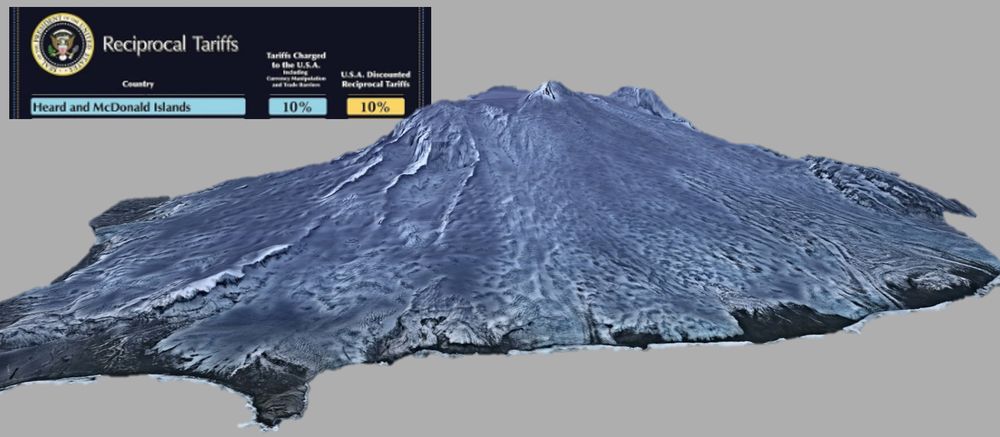
Particularly serious implications for very fine grain sizes as the crypto(tephra) market is volatile at the best of times.
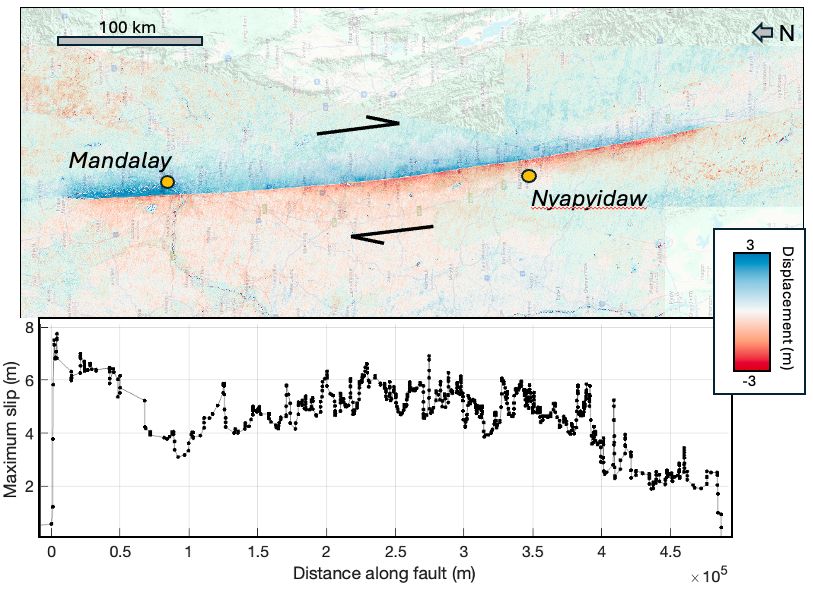
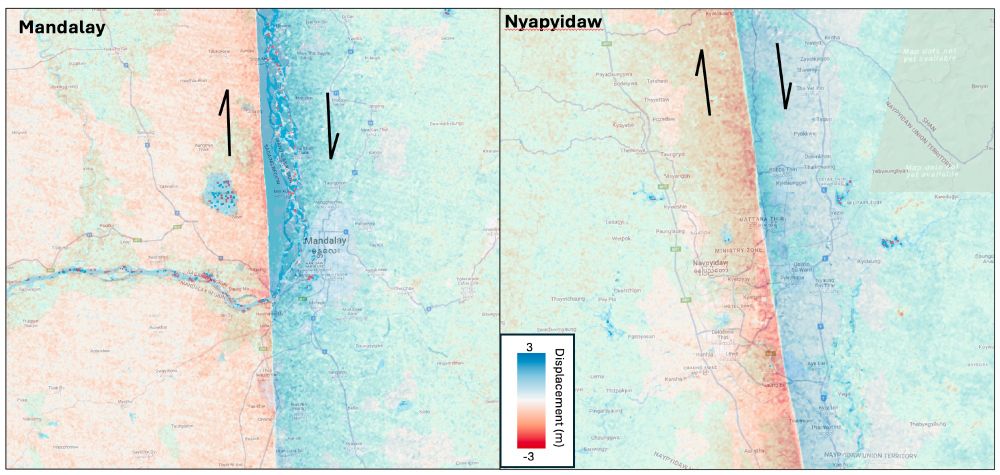

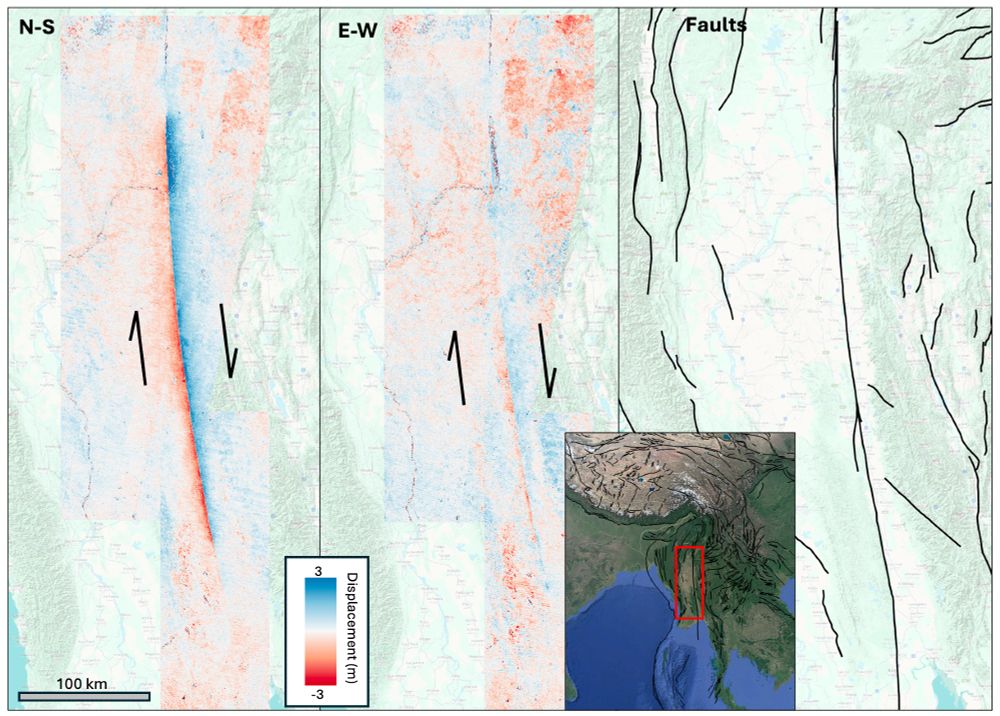
Understanding where and how much the fault slipped can help with damage assessments, so we've made some preliminary estimates from S2 (data: doi.org/10.5281/zeno...)
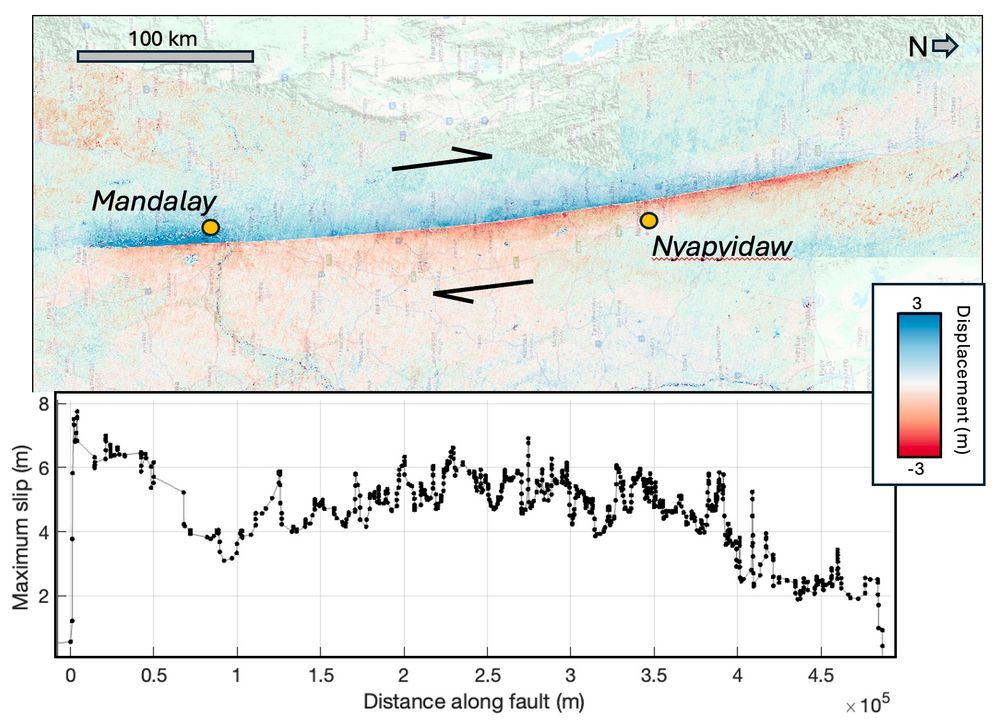
Understanding where and how much the fault slipped can help with damage assessments, so we've made some preliminary estimates from S2 (data: doi.org/10.5281/zeno...)
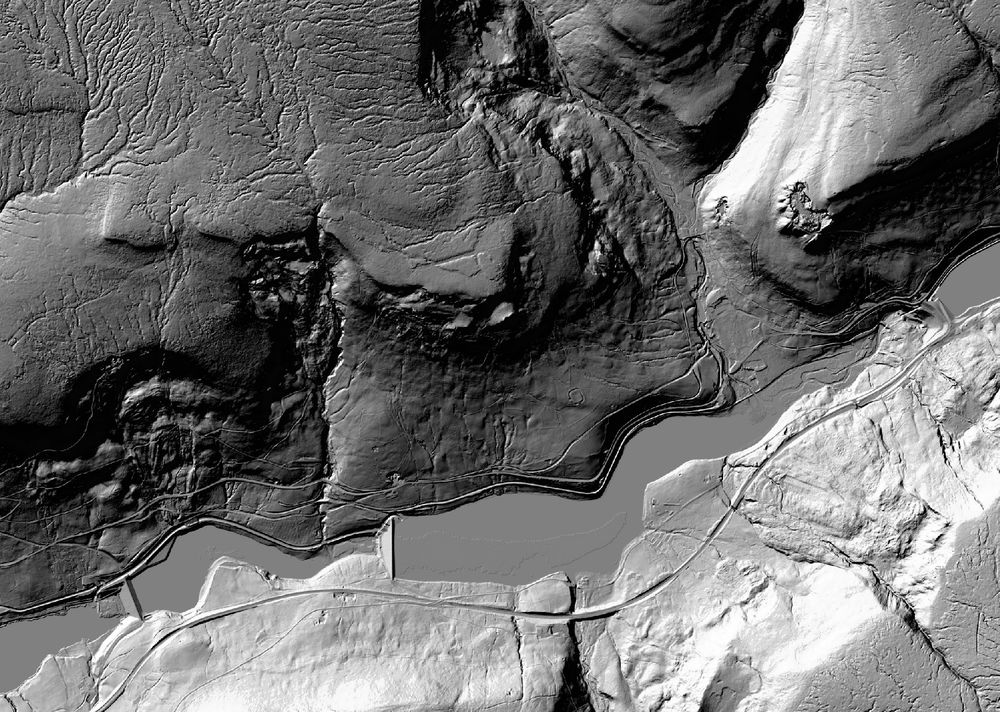
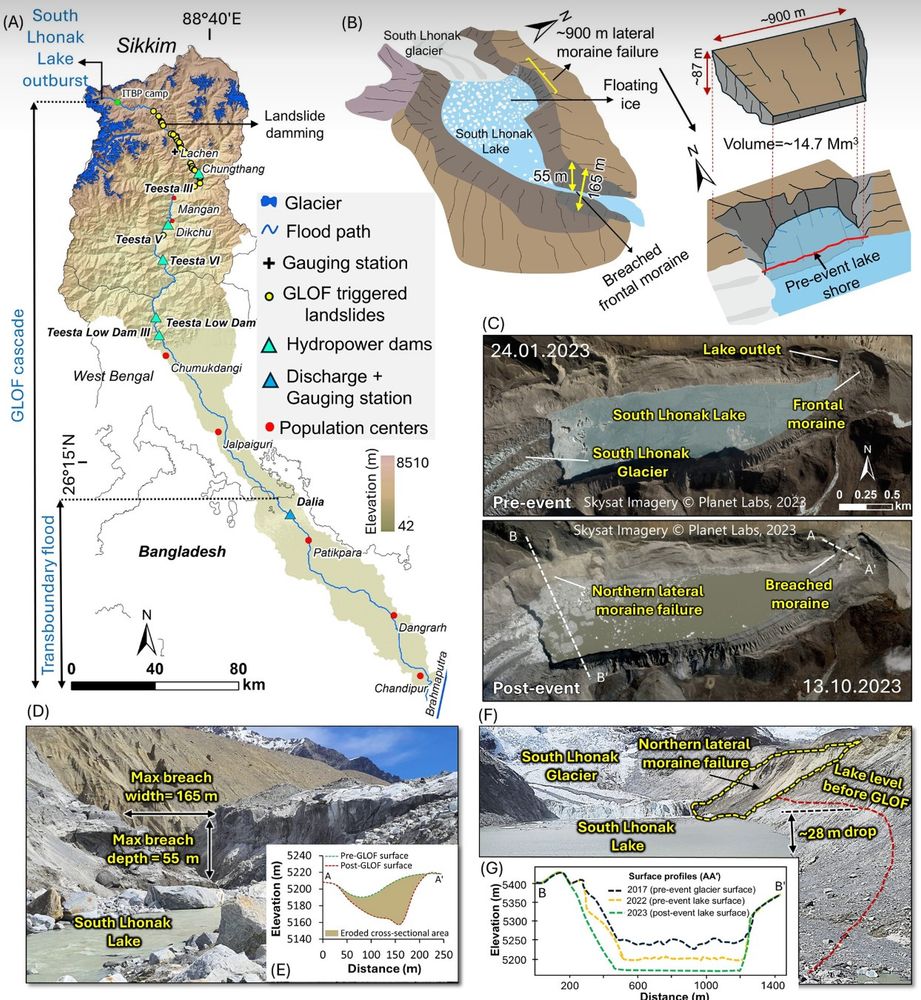
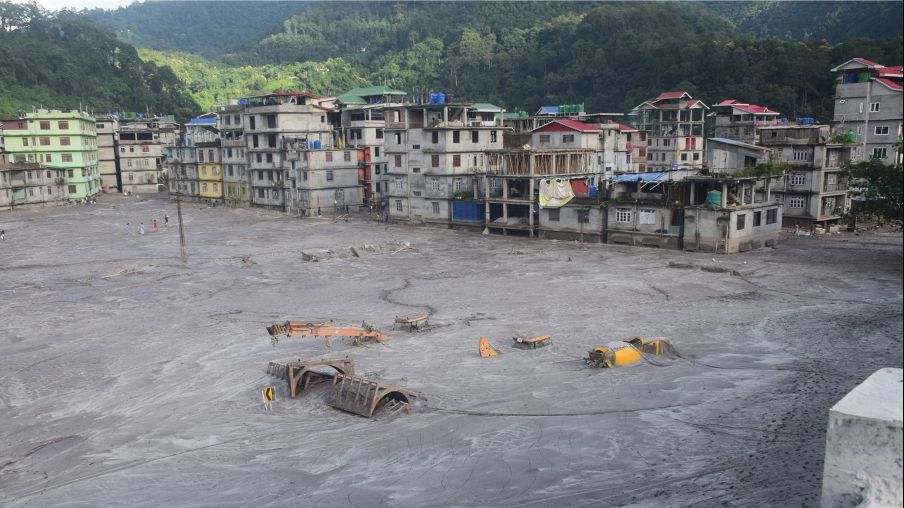
This ‘natural’ hazard had the fingerprints of human activity all over it: climate change, glacier retreat, permafrost degradation, and hydropower dam breach.
Read here: www.science.org/doi/10.1126/...
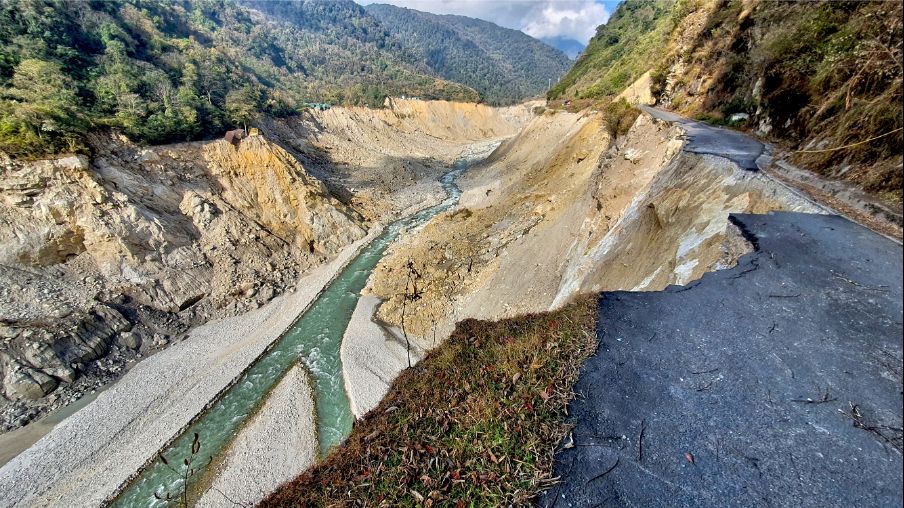
This ‘natural’ hazard had the fingerprints of human activity all over it: climate change, glacier retreat, permafrost degradation, and hydropower dam breach.
Read here: www.science.org/doi/10.1126/...
The approach uses a computationally efficient network-based model to simulate cascading interactions between hazards (e.g. earthquake-landslide) and the resulting impacts.
Read more here: doi.org/10.5194/nhes...
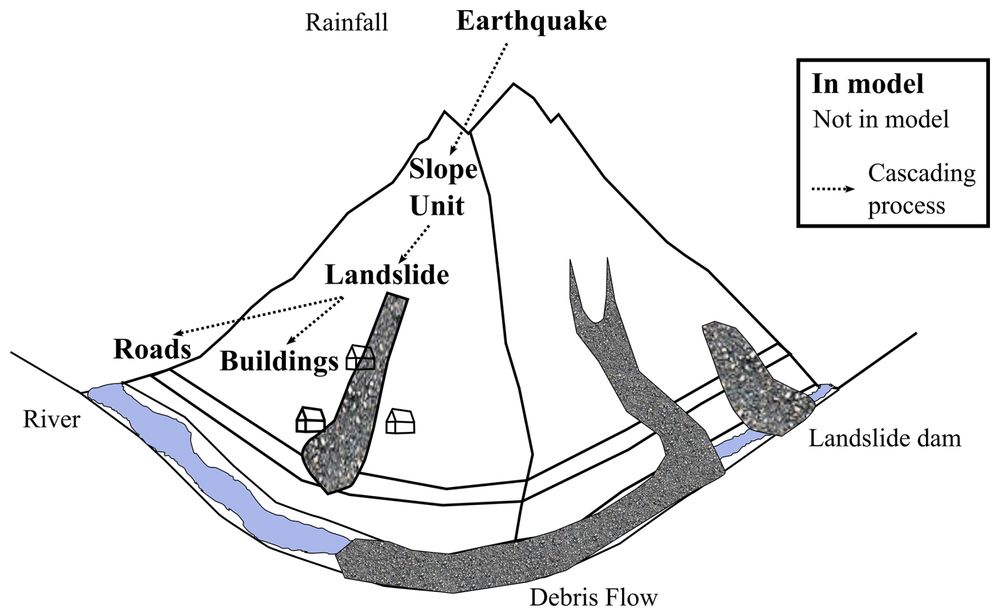
The approach uses a computationally efficient network-based model to simulate cascading interactions between hazards (e.g. earthquake-landslide) and the resulting impacts.
Read more here: doi.org/10.5194/nhes...

